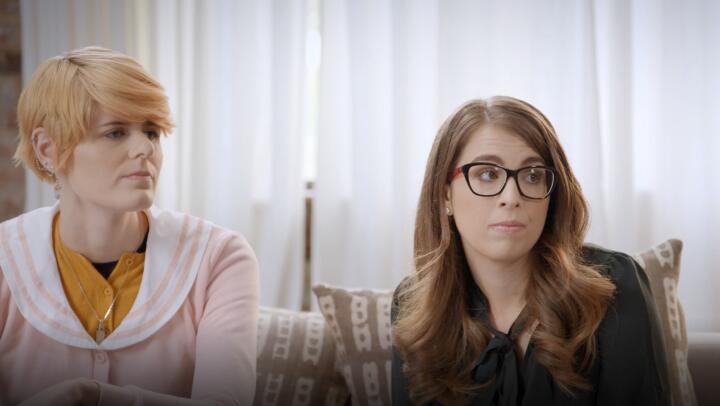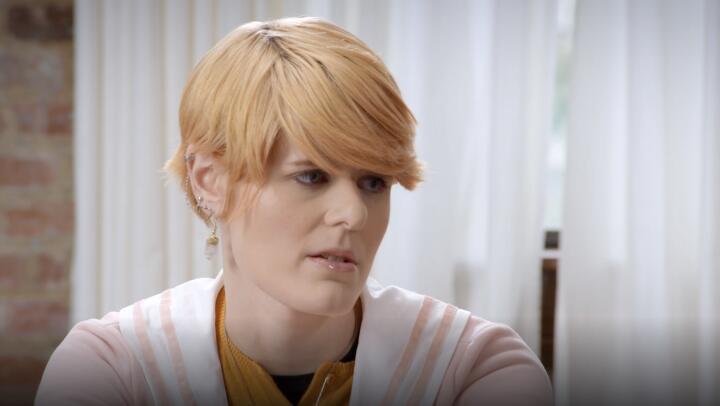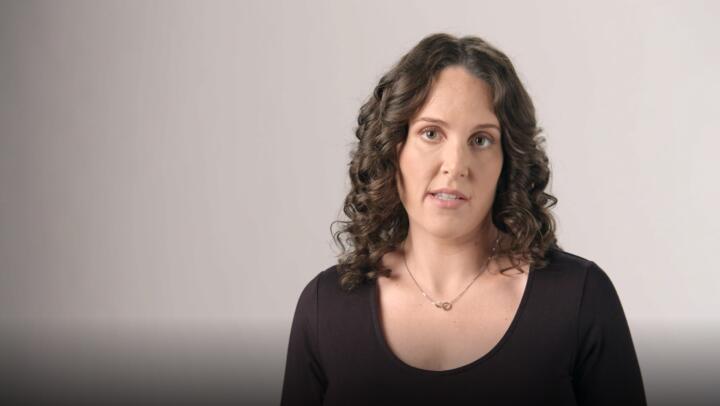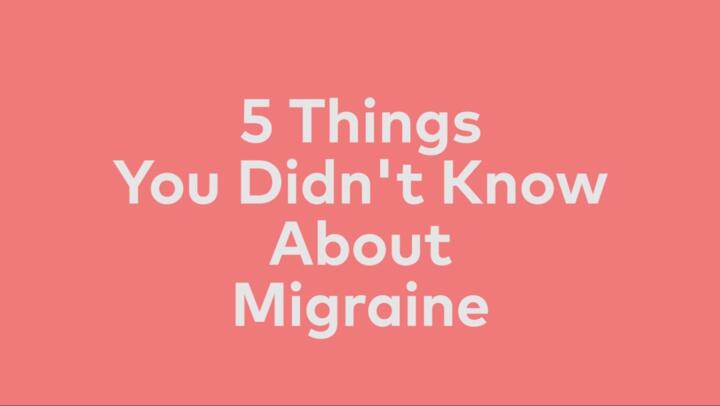Read on to learn more about thunderclap headaches. This guide includes information about the types of thunderclap headaches, symptoms, treatments, and more.
What is a thunderclap headache?

A thunderclap headache (TCH) gets its name because it starts suddenly, like a clap of thunder. Severity can peak
A secondary TCH typically results from an intracranial vascular disorder. In rare cases, a primary TCH can occur when there is no underlying condition for the headache.
What is a postcoital thunderclap headache?
A postcoital thunderclap headache (TCH) occurs either during or after sex. Experts classify this as an
Postcoital TCH can be primary or secondary. Reversible cerebral vasoconstriction syndrome is a common cause of postcoital thunderclap headaches since sexual activity can trigger it.
What are the symptoms of thunderclap headaches?
The
Some people may experience nausea or vomiting with a TCH.
Symptoms of secondary thunderclap headaches
Some certain neurological signs and symptoms
- speech deficit
- abnormalities of the pupils
- abnormalities of the cranial nerve
- ataxia or poor coordination
- motor deficits
- photophobia or sensitivity to light
- altered mental state
- seizure
Your doctor will consider all of your symptoms before ordering tests to confirm the diagnosis.
Learn about symptoms never to ignore with a headache.
What does a thunderclap headache feel like?
A thunderclap headache (TCH) begins with a sudden and severe onset of explosive pain. For
Once the initial “thunderclap” of severe pain begins to lessen, you may experience pain similar to a migraine headache. Learn about migraine.
What are the treatments for thunderclap headaches?
Treatments for a thunderclap headache (TCH)
- calcium channel blockers, such as nimodipine
- nonsteroidal anti-inflammatory drugs and other pain relievers, acetaminophen
- beta-blockers
- topiramate and lithium in lower dosages
If you experience a secondary TCH, you will require treatment for the underlying cause. Your doctor can explain what treatment options are available to you, depending on the condition.
What causes thunderclap headaches?
Medical professionals may diagnose primary thunderclap headaches (TCH) when there is no identifiable medical cause.
The
Other possible causes of a secondary TCH include:
- reversible cerebral vasoconstriction syndrome, which is the second most common cause
- central nervous system infections, such as meningitis, sinusitis, and viral infection
- ischemic stroke
- vasculitis
- hypertensive crisis
- spontaneous intracranial hypotension
- tumors that secrete catecholamine
- pregnancy
- excessive consumption of alcohol or smoking cannabis, which can cause blood vessels to constrict
Certain drugs may also increase your risk of a TCH. These include:
- lysergic acid diethylamide
- selective serotonin reuptake inhibitors (SSRIs)
- ergot derivatives
- triptans
Sympathomimetic drugs, such as cocaine, amphetamine, and nicotine patches, may also cause TCH.
How long does a thunderclap headache last?
A thunderclap headache (TCH) can last anywhere
Pain will typically peak within 1 minute. Pain may then fade over the course of a few hours.
When should I contact a doctor?
Seek immediate medical help as soon as you experience symptoms of a thunderclap headache (TCH). A TCH can result from a life threatening condition, and doctors
How are thunderclap headaches diagnosed?
Your doctor may request a full medical history and conduct a physical examination. They may then assess your other symptoms to determine if you are experiencing a primary or secondary thunderclap headache (TCH).
Tests and examinations your doctor may order
- CT scan, which can evaluate conditions such as intracranial hemorrhage, herniation, or edema mass
- lumbar puncture in cases where a CT scan is negative, as this can rule out subarachnoid hemorrhage and meningitis
- magnetic resonance angiography
- magnetic resonance venography
- computed tomography angiogram
How common are thunderclap headaches?
Thunderclap headaches (TCH) are rare. Around
What are the complications of thunderclap headaches?
It is important to receive treatment for a thunderclap headache (TCH) as soon as you experience it, as some causes of TCH can be life threatening.
If you do not receive treatment, you may experience complications of a secondary TCH,
- anterior cerebral artery dissection
- hemorrhage
- ischemia
- migraine headaches
- vasospasm from chronic TCH
- permanent neurological deficiencies
- stroke
- stupor
- mortality
It is important to contact your doctor as soon as you experience a TCH. Medical professionals usually treat this condition as an emergency.
Can I prevent thunderclap headaches?
There is no known way to prevent a primary thunderclap headache (TCH) in the first instance. However, following your treatment plan for TCH can help prevent a recurrence.
Avoiding exercise, reducing anxiety, and avoiding sex can reduce your risk of thunderclap headaches while you await treatment.
Treatment is necessary for a secondary TCH. Receiving treatment for the underlying cause may help reduce the risk of secondary TCH.
Thunderclap headache vs. ice pick headache
Thunderclap headaches (TCH) are sudden, intense headaches with explosive pain that can escalate within the first minute. A TCH can then gradually fade over a few hours.
There are no identifiable causes for a primary TCH. However, a secondary TCH can occur due to potentially life threatening intracranial vascular disorder.
Causes of secondary ice pick headaches
- zoster meningoencephalitis
- meningiomas
- stroke
- multiple sclerosis
Ice pick headaches feel like brief stabs of pain. This condition most commonly affects the frontal and temporal areas.
Learn about different types of headaches.
Summary
A thunderclap headache (TCH) is a sudden and severe explosive headache. It can escalate and peak within 1 minute and may persist for a few hours.
There is no identifiable cause of a primary TCH. A secondary TCH can occur due to serious conditions, such as a subarachnoid hemorrhage.
It is important to seek immediate medical help if you experience symptoms of a TCH. It is essential to rule out potentially life threatening causes and begin treatment as soon as possible.



















